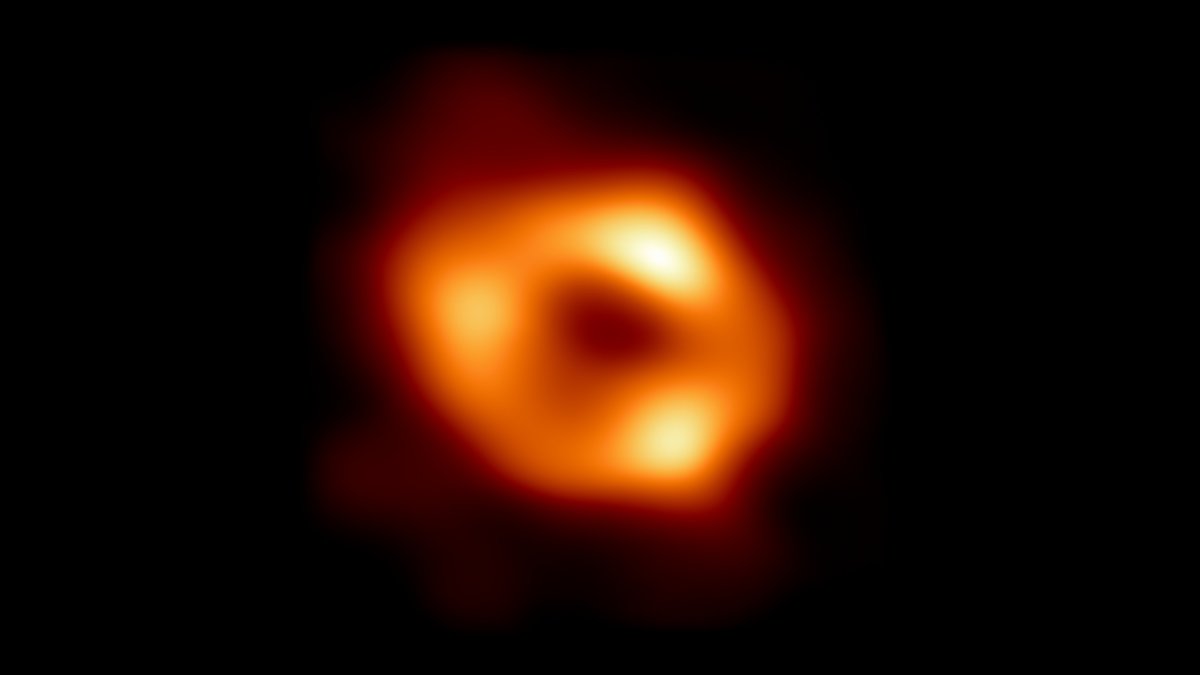Scientists have discovered several new black holes gobbling unsuspecting stars across space.
Eighteen new tidal disruption events (TDEs)—which are huge bursts of energy released as a star is shredded by a black hole—were spied by MIT scientists, according to a new study in The Astrophysical Journal.
This finding more than doubles the number of TDEs that scientists have discovered, and includes the closest one found to date.

Black holes are immensely dense objects, with a gravitational pull so strong that not even light can escape past a point known as the event horizon. They are formed by the collapsing of enormous stars, after all the star's mass falls into its core.
"Black holes can be small, of mass near the mass of our sun, of intermediate mass (like the one just discovered), or very massive, millions or billions times the mass of our sun. These massive black holes occur in the centers of galaxies. There is one at the center of our galaxy, the Milky Way," Steven Tingay, an astrophysicist and executive director of the Curtin Institute of Radio Astronomy at Curtin University in Australia, told Newsweek.
"We can detect black holes because they drag nearby material into them, tearing it apart, and as a consequence causing radiation to be released that we can observe and infer their presence."
Tidal disruption events occur when a star falls into the black hole's event horizon and is slowly devoured by the object, releasing huge amounts of energy as electromagnetic radiation as it dies.
These TDEs had remained hidden prior to this discovery due to them lurking in an unusual band of electromagnetic light, the authors explain. TDEs are usually detected by the huge bursts of X-ray radiation they give off, but they also release large amounts of infrared heat radiation. In galaxies inundated with dust, the X-rays may be obscured by the dust clouds, but as the dust absorbs these X-rays, it heats up to around 1,000 degrees Kelvin or 1,300 degrees Fahrenheit, churning out infrared radiation. This can subsequently be detected by scientists on Earth, and is how these 18 new TDEs were discovered.
"The majority of these sources don't show up in optical bands," paper author Megan Masterson, a graduate student at MIT's Kavli Institute for Astrophysics and Space Research, said in a statement. "If you want to understand TDEs as a whole and use them to probe supermassive black hole demographics, you need to look in the infrared band."
In the paper, the authors describe how they used observation data gathered by NEOWISE, a new form of NASA's Wide-field Infrared Survey Explorer, launched in 2009. Using an algorithm to pick out patterns of infrared emissions across 600 million light-years, they discovered these 18 new TDEs, scattered between around 1,000 galaxies.
"If you looked up in the sky and saw a bunch of galaxies, the TDEs would occur representatively in all of them," Masterson said. "It's not that they're only occurring in one type of galaxy, as people thought based only on optical and X-ray searches."
The dust may also have been responsible for a "missing energy" problem, as TDEs were thought to radiate more energy than what was observed. If the dust was also absorbing ultraviolet radiation from the TDE, this could make up the difference in radiated energy.
"It is now possible to peer through the dust and complete the census of nearby TDEs," Edo Berger, a professor of astronomy at Harvard University not involved with the study, said in the statement. "A particularly exciting aspect of this work is the potential of follow-up studies with large infrared surveys, and I'm excited to see what discoveries they will yield."

These new discoveries have also helped scientists learn more about what TDEs really are and where they occur. The previous stock of TDEs had only been found in a rare form of galaxy known as a "post-starburst" system, which once created a number of stars but has since stopped.
The reason that TDEs were only being seen in these rare galaxies until now can therefore be determined to be because these galaxies are comparatively dust-free, making it easier to detect TDEs via X-ray.
Now, using infrared light, TDEs can be spotted in many more galaxies across the cosmos, meaning that a range of galaxies can be host to black holes tearing stars to shreds. The authors estimate that a single galaxy will see a TDE around once every 50,000 years.
"People were coming up with very exotic solutions to these puzzles, and now we've come to the point where we can resolve all of them," Erin Kara, an MIT assistant professor of physics, said in the statement.
"This gives us confidence that we don't need all this exotic physics to explain what we're seeing. And we have a better handle on the mechanics behind how a star gets ripped apart and gobbled up by a black hole. We're understanding these systems better."
Do you have a tip on a science story that Newsweek should be covering? Do you have a question about black holes? Let us know via science@newsweek.com.
Uncommon Knowledge
Newsweek is committed to challenging conventional wisdom and finding connections in the search for common ground.
Newsweek is committed to challenging conventional wisdom and finding connections in the search for common ground.
About the writer
Jess Thomson is a Newsweek Science Reporter based in London UK. Her focus is reporting on science, technology and healthcare. ... Read more





